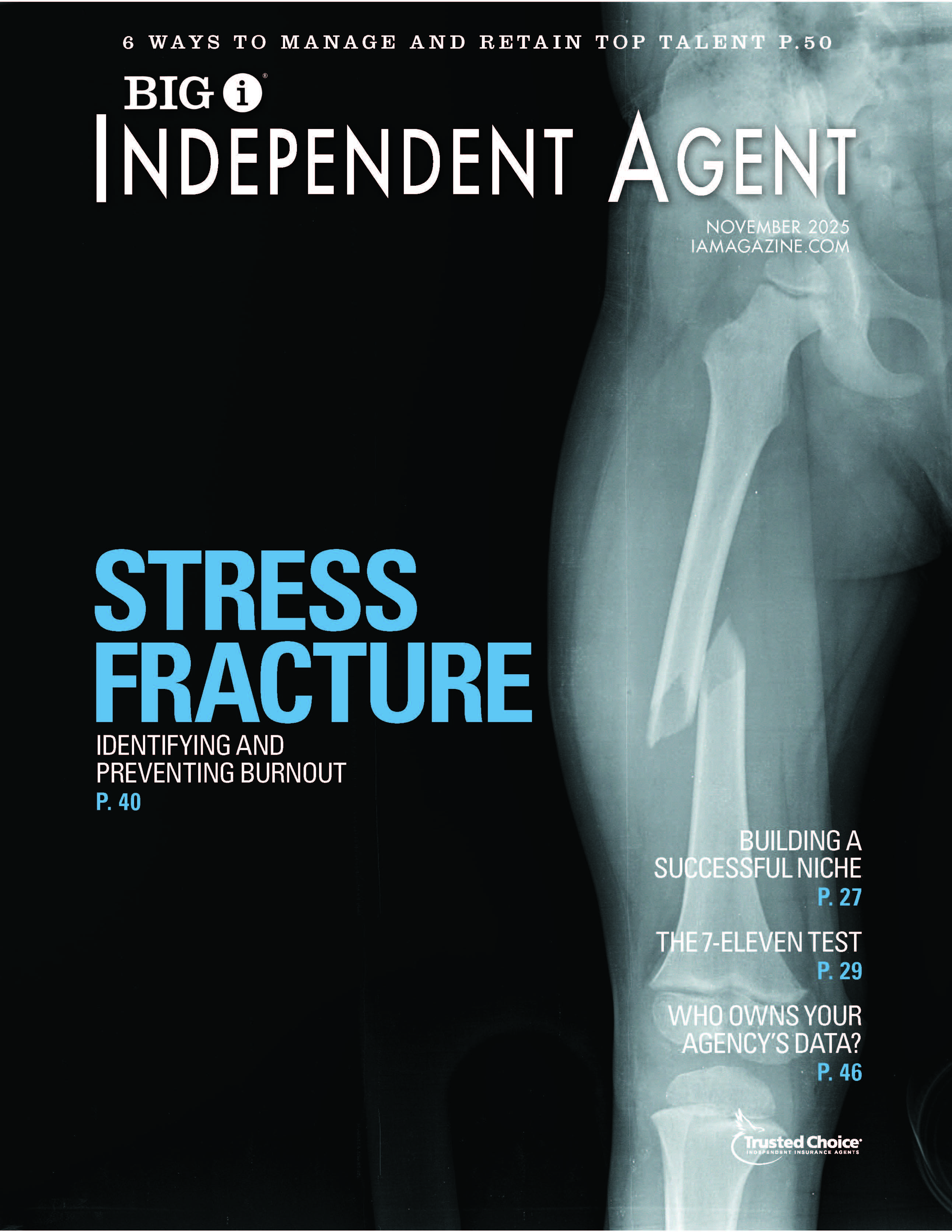Be as Resilient as a Rubber Band
By: Elaine Dumler
| Some days when you walk into work, problems come at you from all directions. The problems can feel overwhelming and ruin your day and mood, which can affect those around you and your ability to do your job well, which can lead to a “behind closed doors” meeting with the boss. This scenario is played out in businesses every day. Seldom does anyone have a perfect day. You work hard to put together a meeting and at the last minute your prospective client calls to say he isn’t coming. So how can you breeze through these everyday problems, but come out on top in the end? Two words that military service members depend on to help with creative problem solving: Resiliency and Sustainability. Both involve the realization that it’s not what happens to you, but rather how you handle it that matters when it counts. Resiliency is the ability to recognize, recover from and adjust to misfortune or change. Sustainability says that you’ve figured out how to get through a situation effectively and have come out the other end better for it. Resiliency and sustainability function together as you figure out how to identify stressors that work against you and begin to set the path that brings you through them. It’s just like a rubber band: a crisis stretches you to the limit and when you’ve solved it, you return to where you were before. With the application of four simple tools from the acronym for BAND, you can solve daily problems. Breathe. As stressors appear, begin by stepping back (physically, mentally or both) and taking a deep breath. Just this action alone helps you to clear your head, which allows better processing of information that is about to come at you. Breathing helps relax your muscles and lets your mind begin to work with the situation at hand. This is also the time to try to diffuse and remove emotions that might be present, especially if you’re dealing with angry people. It’s hard to help a customer if they are still venting about their problem. Can you call on the help of others, even a neighbor or coworker, to help you put things into perspective? Assess. Now that you have a clearer head and hopefully have taken emotion out of the equation, start to prioritize what steps to take to make a solution as close to a win/win as possible. Ask yourself, “What’s the specific problem, who’s affected by these circumstances, and what is the most critical piece to be handled first?” In this step, you are only identifying and prioritizing your steps, not acting on them. In the case of losing out on a prospective client, you might assess that your No. 1 priority is to call the customer for more information, followed by determining if a meeting can be arranged. Navigate. You know the problem and have designed solution steps. Now it’s time to act on your plan. Look ahead and determine exactly what you want to have happen when a good solution is reached. What will the “perfect solution” look like? Implement your plan based on this desired outcome. As you execute each step, occasionally pause to look at what’s happening. Are you on the way to your desired outcome? Make whatever adjustments are needed along the way. Are you positively involving the people who need to be included in the solution? Doing this helps them feel you are working with them and not against them. Deter. You did it! You dealt with your circumstances and came out on the other end. This is the time to put steps in play that can deter the situation from happening again. What did you learn from this to help you set up parameters to avoid future issues like the one you just experienced? Step one: Think of a problem as a paper chain. Problem “links” can develop into hazardous situations. Identify the good and bad links (people, experiences, outside forces) in the chain. Sometimes removing a link can make the chain stronger when put back together. Step two: In order to prevent problems from happening again, you need to truthfully determine the level of control you have over each circumstance and problem factor. Eliminate or adjust what you have control over, and “let go” of those areas beyond your immediate control. Step three: Establish your safety net. Your safety net consists of your current contacts and any new ones you’ve built over the course of solving this problem. You learned things about yourself and those around you. Who stepped up when they were needed? Keep the information for those support personnel close at hand so it’s there when you need it next time. Now before you think that going through this process will take too much time, remember that as you get comfortable with the steps, BAND can happen in a matter of seconds. It’s the idea that you are applying practical problem solving skills quickly and instinctively to help you do a better job, get along better with your family and finish a day feeling that you can—and did—excel in your ability to take care of things. Elaine Dumler (www.imalreadyhome.com) is an author and speaker, and helps businesspeople improve morale, profits and productivity. |










